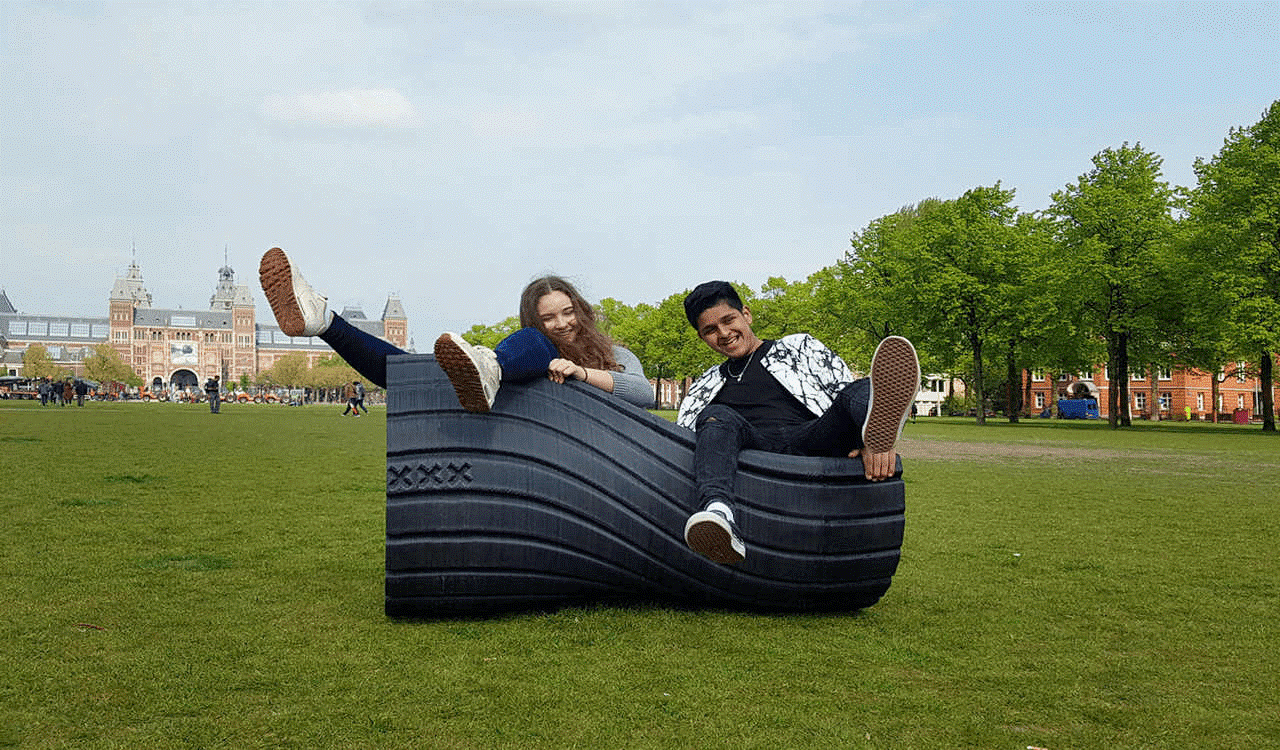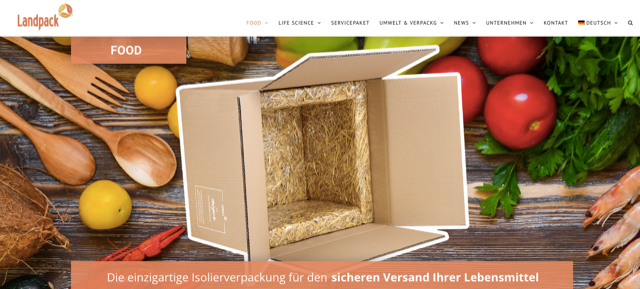No products in the cart.
News
9 Innovations for Recycling and Replacing Plastics
Plastic waste is a huge problem that has literally overwhelmed the world in recent years. Can we live without plastic? No way! Or maybe we can, just differently? We present nine innovations that recycle, up-cycle or simply replace plastic.
The Plastic Invention
A little more than 100 years ago in 1907, an invention was made by Leo Baekeland in the city of New York, that would change the very character of our world and way of life. He named his creation as ‘plastic,’ and hoped that it could be mass produced and used for making appliances affordable for the common people. Little did he imagine that his invention would go far and beyond, and in every home, office, restaurant or car parking today- you could just glance up and spot a minimum of 5 plastic articles in your immediate vicinity.
Items made out of plastic have become an intrinsic part of our lives. From the start of our day with a plastic tooth brush, to the end of our day with a night-cream in a plastic tube, we are surrounded by plastic. Supply of cheap plastic made producing and packaging consumer goods easier, prices became cheaper and demand increased. And now, fast forwarding to the year 2020, we are literally flooded with plastics.
By 2050, the number of plastics in the ocean will be more than the number of fishes.
(Source: United Nations Environment Programme)
And this, we just cannot let happen! Now that we have produced and used so much of plastic waste, we have to find a way to recycle and reuse them. Earlier, we at seventeen goals Magazin had made a post on recycling techniques for people to get involved. Today we write about 5 innovative ways in which plastic is being recycled and up-cycled to create items of value.
Nine innovations to up-cycle Plastic waste
- Plastic roads: To stop plastics from ending up in oceans and landfills, some companies around the world are now trying out a new strategy of melting plastic products, combining additives and then using the mixture to pave roadways. MacReburis one of the pioneer companies in building plastic roadways. Using only single use plastics for their purpose, they contribute in reducing the carbon footprint.
- Eco-Bricks: Mountains of plastic waste accumulate in many low income countries. Is it possible to do something useful with it? Ecobrick’s initiative has a creative answer: empty plastic bottles are filled with clean, dried and single use plastics, stuffed inside to the brink without any space in between! This makes them enormously resistant and like an eco-brick, which can then serve as reusable building blocks for a number of purposes like building tables, beds, stages or even walls. In South Africa even a school was built from Ecobricks.
- 3D Printing Street Furniture: Imagine a Lab in the port city of Thessaloniki, which uses the plastic waste from the Greek households and creates urban furniture. The New Rawhas made this a reality. In this project, parts from recycled plastic products are used to transform them into innovative products that breathe a new life into the public spaces within cities.
 3D-printed furniture, Print Your City project
3D-printed furniture, Print Your City project
- Refugee Shelters from Plastic: The number of refugees and homeless persons in the world have been increasing. This raises the need for coming up with affordable housing solutions. Researchers from University of Bathhave been working with plastic engineering company Protomax to design and test reusable shelters. The material used for the shelters is called Storm Board and is made up of recycled waste plastic. Such low-cost and easy-to-construct housing will be more and more in demand in the coming days and can indeed be part of a solution to the big plastic waste pandemic.
- Flower pots made from recycled plastic: A Dutch success story: the Elho companyfrom Tilburg has been using plastic waste as a raw material for several years. Their motto: “Give room to nature”. From watering cans to pots in all possible colours: every thumb turns green by itself! For instance, a watering can from Elho is made from 12 plastic bottles of liquid detergent.
- Recyclable thanks to magnets: Altais Nova, previously called as Aronax Technologies, Spain, is developing a magnetic additive that when applied to a material, creates better air and moisture insulation. Because of the magnetic nature of the additive, which is small and platelet-shaped particles of silicates and iron oxide, makes it easier to identify and separate the packaging at the recycling stage. Sensitive products such as coffee and medical products can be easily stored using this.
- Plastic made of wood: The Technical Research Centre of Finland VTT has created a compostable multi-layer material from agricultural and forestry by-products that can be used for packaging items like muesli, nuts, dried fruit and rice. These wood by-products contain cellulose, the most abundant renewable polymer on the planet – an environmentally friendly alternative to fossil fuel-based multi-layer plastic packaging.
- Straw instead of Styrofoam: The Landpack company from the Bavarian city of Alling produces insulating materials from straw. The straw mats insulate just as well as polystyrene and can be used in food shipping, but are much more environmentally friendly and inexpensive. And the farmers also get something out of it: a buyer for their straw that they don’t need.
 Materials insulated from environmentally friendly and inexpensive straw. #Landpack Company
Materials insulated from environmentally friendly and inexpensive straw. #Landpack Company
- Disposable crockery made from plant residues: The company Bio-Lutions, based in Hamburg and Bangalore, has developed an effective solution to plastic waste: Compostable packaging made from plant residues. Agricultural waste can be used for such packaging, i.e. components of plants that are no longer used for other purposes, e.g. tomatoes, peppers, zucchini, hops or hemp plants as well as straw and grasses. Chemical additives are not used in the entire production process of disposable tableware. In Germany, the Bio-lutions products are now available from PapStar, the party disposable tableware manufacturer.
Transition to the recycling economy
These innovations show what can be achieved when the principles of the circular economy is adopted. While ocean and beach clean-up campaigns to collect plastic waste are required, this will never be enough unless we reduce our plastic obsession. As individuals, we need to phase out plastic products and phase in alternative lifestyles. And until we achieve that, let these innovations give us hope!
Source: www.17goalsmagazin.de
